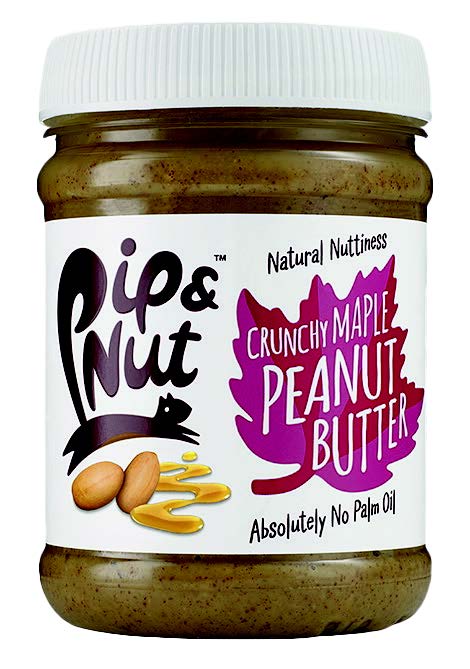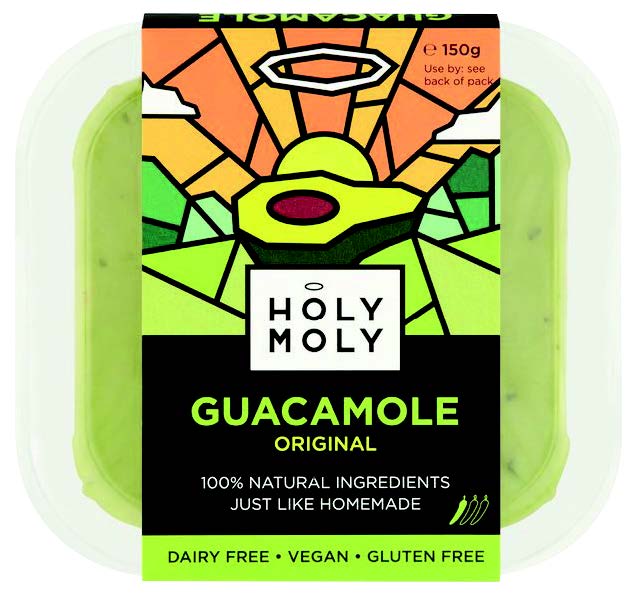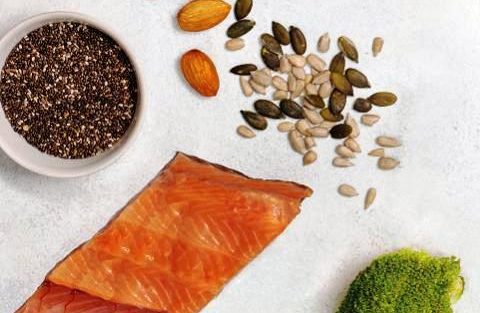Forgoing fatty foods was once a common theme in the world of dieting. Traditionally, you would shun anything with a red label lingering above the fat content, yet in recent times, fat seems to be making a comeback. The rise of keto diets (a high-fat eating plan which alters your body’s metabolism to focus on burning fat and, therefore, leading to weight loss) is just one example, and not to mention the undoubted popularity of superfood avocados that are great for your health, despite a high fat content. So, are fats really the enemy of a healthy diet? It may come as a surprise for you to learn that they are the most efficient macronutrient your body can use, as well as being an efficient storage nutrient, meaning fats are a great source of energy.
“Fats are an important nutrient and essential for a healthy and balanced diet,” says Dr Zubair Ahmed, a MedicSpot GP (medicspot.co.uk). “Eating fats allows the body to absorb fat soluble vitamins A, D, E and K while providing essential fatty acids.” In addition, they serve as building blocks for cells and some hormones, such as testosterone and oestrogen, as well as contributing to good brain, heart and eye health. However, if you consume too many saturated fats (the bad kind), you risk raising cholesterol in your blood and increasing your risk of both heart disease and stroke.
Good fats vs bad fats
Naturally, this leads to another point of confusion – how do you separate the good fats from the bad ones? “There are several types of fats – saturated, monounsaturated and polyunsaturated fatty acids,” explains Robin Swinkels, nutritionist at Fresh Fitness Food (freshfitnessfood.com). “The level of saturation refers to the amount of hydrogen atoms present in each molecule. How bendy a molecule is affects the properties of the fat and how it behaves in your body. Due to this, polyunsaturated fatty acids tend to be liquid, and saturated fats are solid at room temperature. Unsaturated fats are usually found in plants, and saturated fats typically in animal products, but most foods will have a bit of both. Saturated fat-rich foods include meat, eggs, full fat dairy and cheese, plus coconut and palm oil.
Monounsaturated fats are found in nuts, avocados, canola oil, olive oil, peanuts (butter) and sunflower oil. Finally, polyunsaturated fatty acids are found in walnuts, seeds, fatty fish, soybean oil and safflower oil.” There are also essential fats, which your body cannot produce by itself and you therefore have to eat them in the form of fatty chain acids omega 3 and 6.
To simplify things, unsaturated fats are what we’d refer to as ‘good’ fats and saturated fats are classified as ‘bad’. “Good fats are the type of fat you get from whole, unprocessed foods, while bad fats would be those found in processed foods,” adds Robin. “Bad fats are mostly man-made – for example, trans fats, hydrogenated fats and margarines. Trans fats are often used in the food industry to preserve foods because they are more stable.” You’re likely to find these fats present in takeaways or ready meals. Dr Zubair recommends avoiding trans fats when possible: “Such fats can be created by the process of hydrogenating oil and can increase your risk of developing heart disease, stroke and type 2 diabetes. Trans fats are banned in many European countries and there are plans to ban them completely in the US and Canada. However, they are still present in some foods in the UK despite many manufacturers significantly cutting down their usage.”
How much fat should you be eating?
The official UK recommendation for overall consumption of all fats is no more than 35 percent of your daily calorie intake. Within this, saturated fats should form no more than 11 percent and trans fat no more than two percent of your daily calories. “The right amount of fat to eat depends on your body mass index (BMI),” says Dr Zubair. “People who are overweight or obese might need to consider reducing their fat intake, whereas those who are underweight might need to increase the amount of fat they consume. A useful way to keep track of how much fat and saturated fat you are consuming is to make note of the Reference Intake (RI) values that are featured on food labels. These values include the amount of energy, total fat content and fat which saturates, so you can make a more informed decision about which foods are right for you. However, it is important to understand that the guidelines are not intended to be targets, but rather the maximum amount that adults in the UK should consume daily.”
Fat facts
Low fat doesn’t always mean healthy
“Making simple switches from full-fat to low-fat product varieties can help maintain a healthy diet for those looking to cut down on their fat intake,” says Dr Zubair. “However, it’s important to note that just because a food product is marketed as ‘low-fat’ doesn’t necessarily mean that it has a low fat content – it just means it has at least 30 percent less fat than similar products. For instance, mayonnaise has a high fat content and low-fat varieties are likely still high in fat content. If you’re concerned about the amount of fats you are eating, it’s best to check the label and find out exactly how much fat a product has.”
Fats can help with the menopause
Fats also help to facilitate and regulate hormone production, which may be beneficial in relieving menopause symptoms,” explains nutritional therapist Sophie Higgins. A good rule of thumb is to get about 2 tbsp of healthy fats from whole foods sources at every meal.
They boost your brain power
“Due to their anti-inflammatory properties, healthy fats can help to lower and stabilise cortisol, as well as helping blood flow to the brain, which supports cognitive function,” says Sophie. In fact, your brain is made up of around 80 percent fat, so make sure you are eating plenty of essential fatty acids from both the omega 3 and omega 6 families, such as flaxseeds or walnuts.
Fat finds
Fill your basket with these good fats
-
 Pip & Nut Crunchy Maple Peanut Butter £2.29, hollandandbarrett.com
Pip & Nut Crunchy Maple Peanut Butter £2.29, hollandandbarrett.com
 Holy Moly Guacamole Original £2.79, ocado.com
Holy Moly Guacamole Original £2.79, ocado.com




















